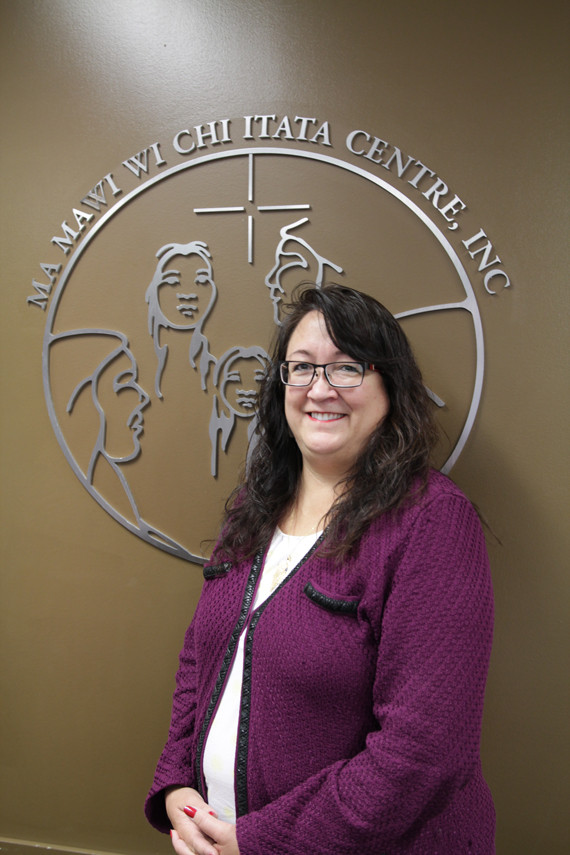The Village Project seeks to end, not manage, homelessness
Housing project aims to promote healing through community and cultural supports

Diane Redsky, executive director of the Ma Mawi Wi Chi Itata Centre
An Indigenous-led rapid-housing initiative called The Village Project is in the process of providing homes to people facing unsheltered homelessness in Winnipeg. The 22-unit community of tiny houses built from shipping containers is set to be located on the grounds of the Thunderbird House on Main Street.
End Homelessness Winnipeg, alongside six other Indigenous organizations, including the Ma Mawi Wi Chi Itata Centre and the Aboriginal Council of Winnipeg, are steering the project, which will offer cultural support, meals and primary healthcare services.
Diane Redsky, the executive director of the Ma Mawi Wi Chi Itata Centre, says the community will be well equipped to meet its residents’ needs.
“This is going beyond the food and the shelter. It’s offering that safe place to start their healing journey,” Redsky says.
Uniquely, the project co-ordinators consulted with people experiencing unsheltered homelessness to determine what supports would be needed.
“We did engagement with people who have living experience with homelessness and who were ... living in encampments this past summer,” Lissie Rappaport, the manager of housing access and supply at End Homelessness Winnipeg, says.
She says many cited the need for a sense of community and adequate supports as top priorities.
“This is being built from a platform of lived experience. They’re telling us what they need, not us telling them,” Damon Johnston, the president of the Aboriginal Council of Winnipeg, says.
In the same vein, Redsky says the fact that many unhoused people have pre-existing communal ties is often overlooked. For this reason, she says building a sense of community is crucial to transition and healing.
“People, I think, can underestimate how our homeless relatives have created their own community,” Redsky says. “It’s not always about the individuals. They’re a community within a community.”
Residents of the village will be able to meet at a shared space called the lodge. Johnston sees this as a great opportunity to share life stories, build connections and begin to heal in unity.
Given that the project is being steered by Indigenous leadership, Johnston believes The Village Project will be an opportunity to show the government, private sector and the public the power and effectiveness of Indigenous healing practices to help those facing unsheltered homelessness.
Similarly, Redsky attests to the past and ongoing structures of colonization that have contributed to the fact that over 70 per cent of Winnipeg’s homeless population is Indigenous. Introducing a transitional healing framework that incorporates cultural supports – including on-site elders and ceremonies – is crucial, Redsky says.
“There’s a whole history of colonization, and while people may see it as historical (some of it is), it still happens to this day,” Redsky says. “There are many systems that are in place that contribute (to) and are directly responsible for homelessness in the first place.”
As the project leaders wait for federal funding to be secured, Redsky says the first tenant could move in as early as the end of June. If things work as planned, she says the village could be fully operational by November.
Published in Volume 75, Number 21 of The Uniter (March 11, 2021)






